Surface Attack Management
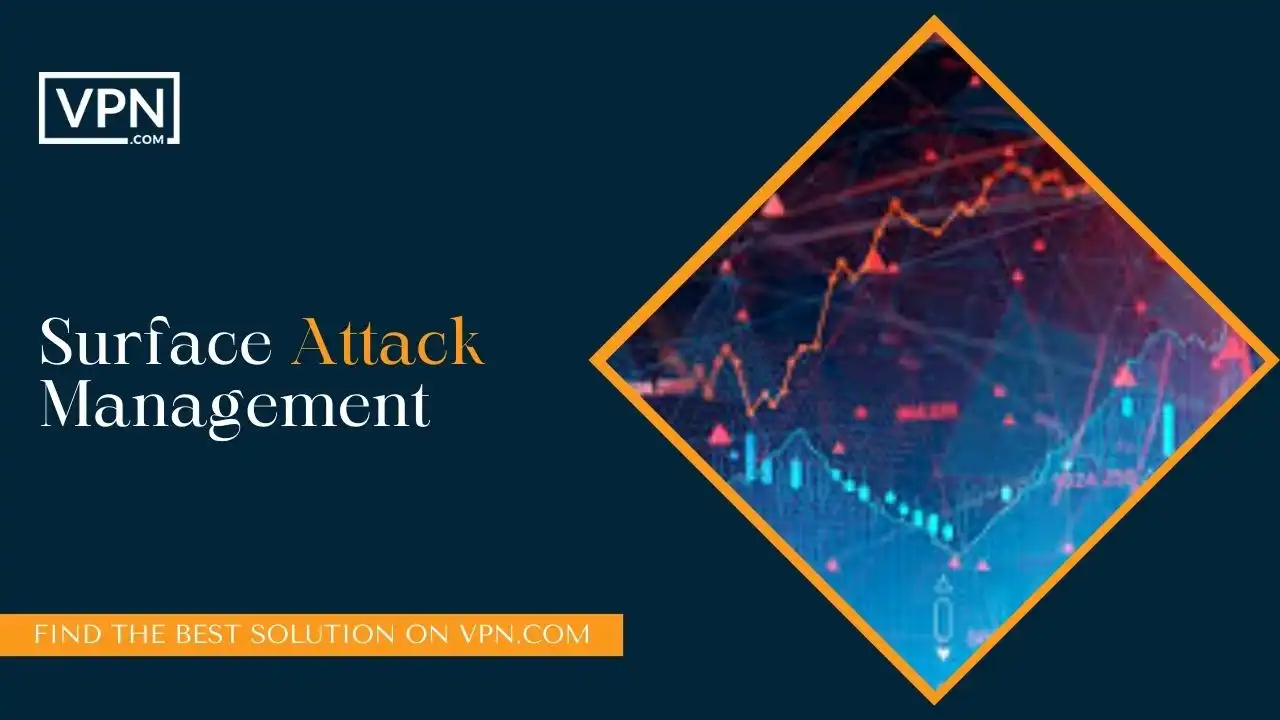
Outsmarting cybercriminals is a challenging task these days. Bad guys have more entry points than ever to break into company data through sneaky phishing attacks, vulnerable software, and unsecured cloud accounts. Simply adding more significant locks on your digital doors isn’t enough anymore.
Protecting precious company information requires expanding how we think about security. Welcome to the concept of “Surface Attack Management!” Instead of only guarding perimeters, it’s proactively finding and fixing little-known holes that provide backdoor access across your technology environment.
It takes vigilance, but implementing Attack Surface Management to close overlooked cracks that allow attackers easy entry reduces business risk tremendously. Read on to learn more about this modern, more intelligent way to frustrate data thieves’ plans! With some thoughtful effort, your company can stay steps ahead.
What Is A Surface Attack?
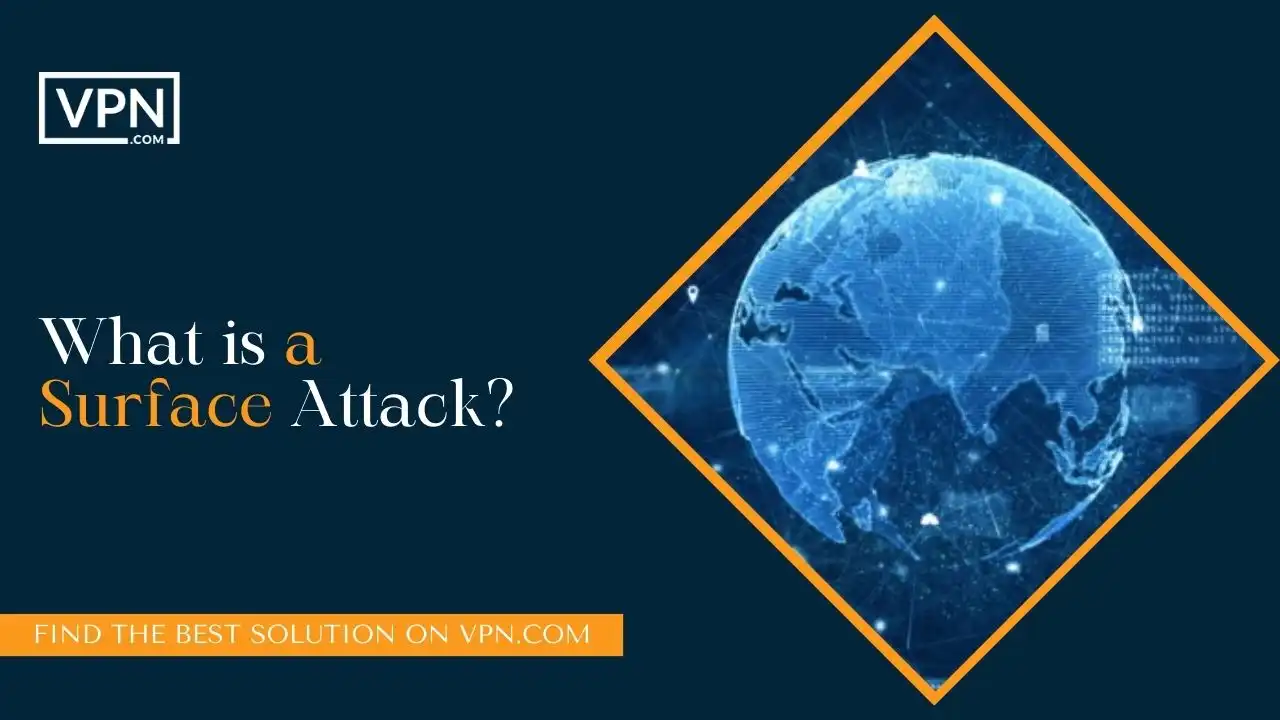
A surface attack refers to a cyberattack aimed at weaknesses, called “vulnerabilities,” in a company’s tech environment that provide access for hackers to gain entry and cause trouble – similar to a home robbery targeting an unlocked window or rickety back door.
Surface attacks focus on exploiting the total “attack surface” area – meaning the different digital parts bad guys can penetrate, like software bugs, misconfigured settings, or even risky employee behavior through phishing attempts. This attack surface has grown exponentially as companies adopt more cloud services, mobile devices, and partner apps over the years without effectively managing the ever-expanding risk.
A successful attack through a vulnerability found in any of these attached access points allows hackers to get that initial foothold they seek into company networks. Even small holes can have disastrous consequences if found and abused by criminal groups. That’s why shrinking and safeguarding your total attack surface footprint vigilantly against intrusion helps frustrate attackers tremendously.

Signup at our #1 host
- Reduce Costs
- Shorten time to market
- Increase efficiency
- Improve agility & consistency
Why Not Reduce Attack Surface ?
Many companies still rely on old-school firewalls and software updates to handle security – essentially just locking down external doors to keep hackers out. But today’s digital environments sprawl beyond the office walls through remote work and intricate webs integrating partners, vendors and cloud services. There are now too many hidden side entrances for attackers to slip through unnoticed!
Simply beefing up perimeter defenses provides incomplete protection in modern complex IT ecosystems. Vulnerabilities can be undisclosed for months, allowing criminals easy access to poke around.
Risky human errors like reused passwords or spearphishing scams often circumvent the most robust technical controls if employees aren’t security-minded.
Cutting access may seem the safest route, but reducing productivity-driving systems like cloud apps or device flexibility creates frustration and dead ends rather than ensuring absolute security. The better path is strategically managing risks through the entire Attack Surface Management lens. Sophisticated attackers demand sophisticated defenses across infrastructure, devices, applications, accessories, and end users.
What Is Surface Attack Management?
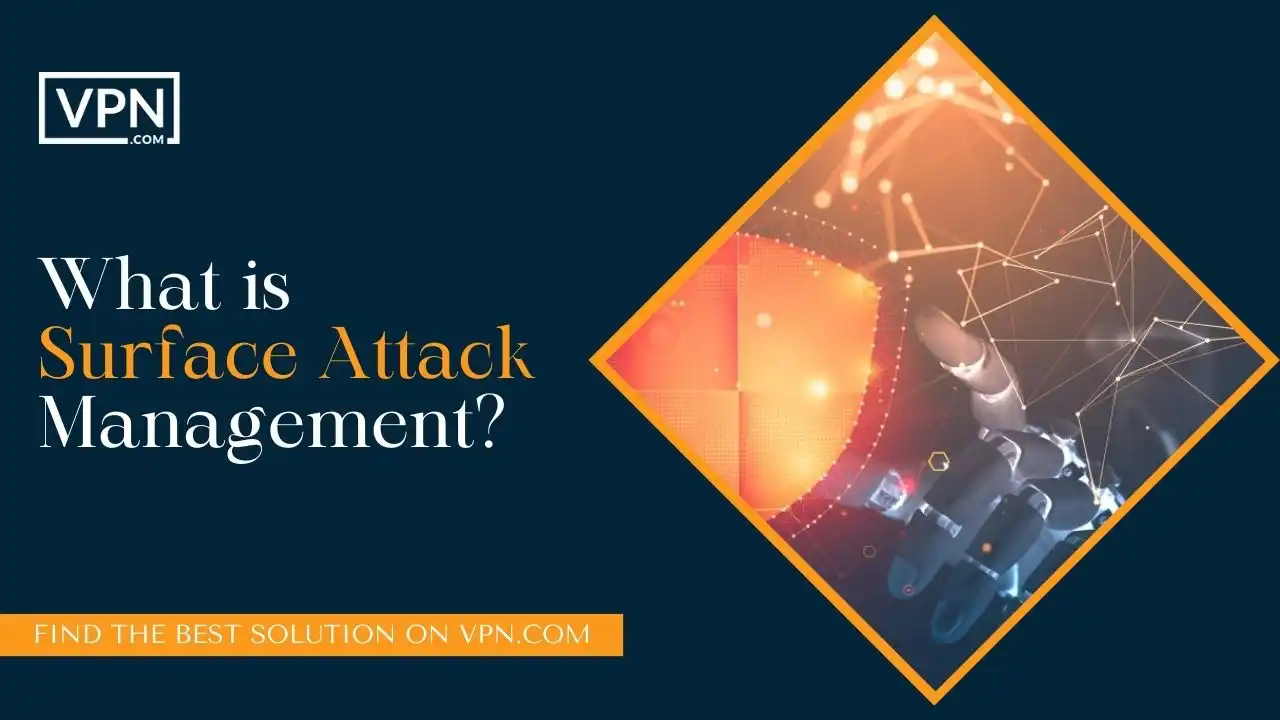
Surface attack management is a modern approach to security, considering the entire digital environment – on-premise servers, customer-facing apps, employee laptops and phones, cloud platforms, and more.
It’s based on accepting that attack surfaces have exploded as the technology underpinning business grows vastly more complex. There are now countless potential vulnerabilities offering backdoors for determined hackers. Surprisingly, many crooks use something other than fancy tools to steal data, instead sneaking in through essential gaps like stale software or forgotten test servers.
Managing surface attacks is diligently hunting for risks across infrastructure, devices, and services and fixing them quickly before criminals take advantage. This consistent assessment, monitoring and response cycle allows companies to find and seal up security weak spots proactively.
It takes more effort than setting a firewall and walking away. But the work pays off since sealing the countless cracks radically diminishes opportunities for attackers to break in unnoticed successfully. Safety in depth and breadth is the name of the game when managing surface attacks in today’s ultra-connected business world.
Why Is Attack Surface Management (ASM) Important?
Attack surface management has become vital because companies operate complex, interconnected technology systems across multiple physical locations and cloud providers. There are countless blindspots and backdoors spread across old and new infrastructure ripe for exploitation.
Yet most security investment still goes towards protecting the digital perimeter even though dangers lurk inside, too. It’s like installing a heavy, safe door in your house while leaving all the windows open! Advanced hackers effortlessly sidestep conventional firewalls and instead target vulnerable cloud misconfigurations, unpatched internal apps, or hapless employees via clever scams to infiltrate networks.
Proactively sealing security gaps through ongoing attack surface assessments, monitoring risky user behaviors, ensuring strong access controls across vendors, and encouraging cyber safety habits company-wide minimizes the overlooked but dangerous holes lurking within modern digital environments. Tightening the seams with a focus beyond the perimeter keeps criminals scratching their heads, unable to make easy inroads to accomplish their goals.
How Does Attack Surface Management Protect from Cyberattacks?
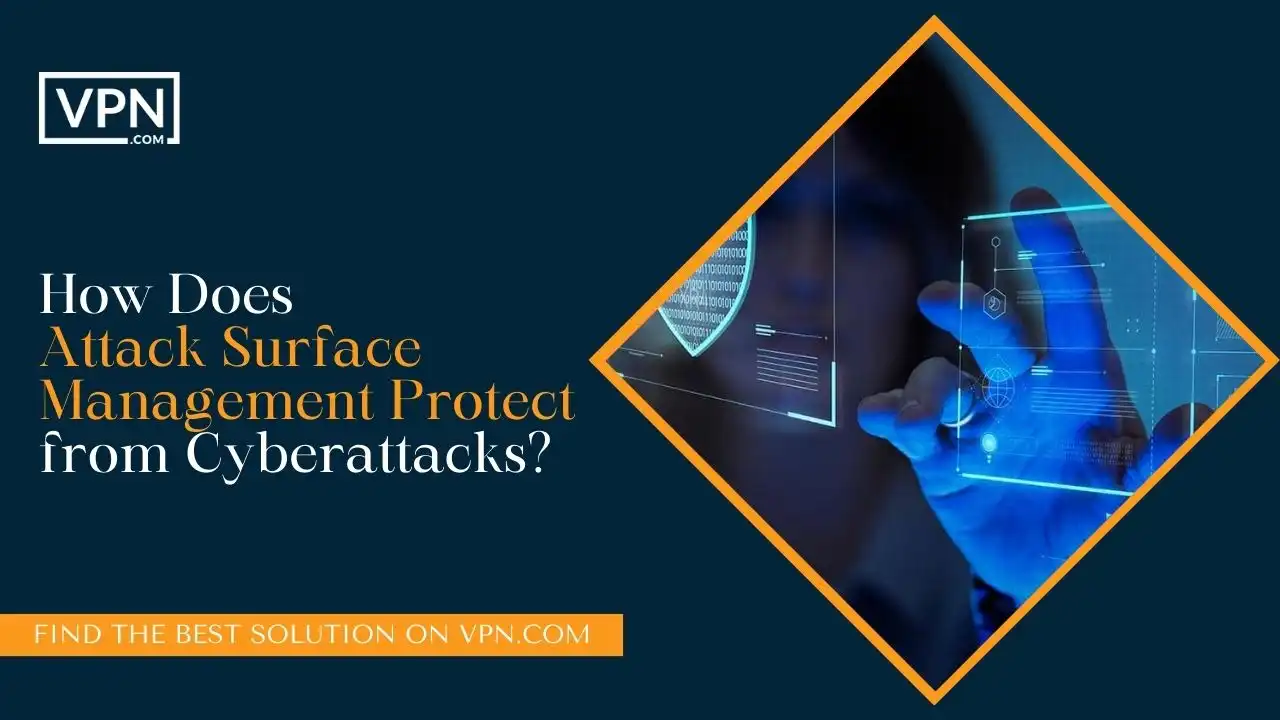
Surface attack management takes a proactive approach to security by continuously finding and fixing vulnerabilities hackers exploit to break in. This comprehensive guarding of the attack surface across systems, users, and vendors seals overlooked weak spots to frustrate cyber criminals. Let’s explore the critical steps companies take to close gaps and keep attackers at bay
Continuous Risk Spotting
Attack surface management starts with comprehensively identifying points of potential compromise across infrastructure, devices, software, users and services. Automated scans, audits of configs, penetration testing, and monitoring user behaviors help find the ubiquitous vulnerabilities offering hacker entry paths.
Cataloging and rating risks in detail based on criticality and the likelihood of exploitation allows prioritizing what to fix first rather than playing an endless game of digital whack-a-mole.
Rapid Exposure Sealing
With new vulnerabilities constantly emerging, speedy risk response is crucial before attackers take advantage. ASM enables quickly patching previously unrealized risks by:
- Streamlining IT/security collaboration and handoffs
- Automating policy enforcement without delays
- Rapidly quarantining compromised endpoints
- Disabling unnecessary ports/protocols
Automation seals dangerous holes faster while integrated workflows jointly bridge previously disconnected teams to shrink the attack landscape.
Unified Visibility & Control
Juggling dozens of security tools while piecing together associated data wastes scarce analyst time and clouds risk insights. ASM centralizes visibility into threats, vulnerabilities, and mitigations, allowing staff to focus on making strategic security decisions rather than manipulating data manually.
Standardized metrics enable optimizing policies and spending aligned to exposure levels across environments rather than relying on gut-feel estimates. Executives gain more explicit pictures to guide cyber investments.
Ongoing Surface Reduction
The work of securing attack surfaces never truly ends in dynamic technical environments. New features spur new code, configurations easily drift, and user behaviors evolve – all expanding exposure. ASM enables continuous pruning of unnecessary access, streamlining permissions, terminating stale accounts, and embedding secure-by-design principles across application development lifecycles.
Ongoing surface reduction also involves coaching employees judiciously regarding risks around information sharing, credential management, and social engineering identification.
In unison, ASM capabilities work to assess, expose, seal, monitor and govern access points vigilantly across the modern attack plane – denying easy entry for adversaries at every turn.

Signup at our #1 host
- Reduce Costs
- Shorten time to market
- Increase efficiency
- Improve agility & consistency
Core Functions Of Attack Surface Management (ASM)
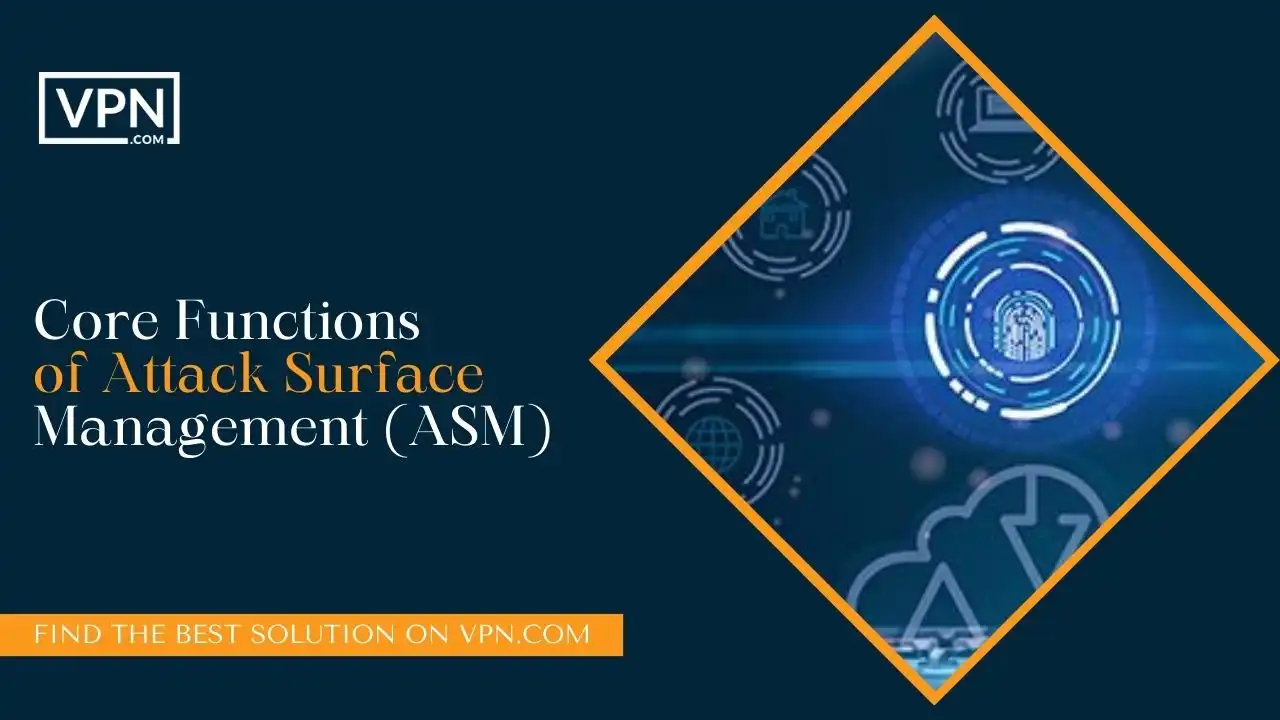
Attack surface management revolves around continuously discovering all hardware and software assets across company environments, holistically analyzing associated vulnerabilities and risk levels, prioritizing what to patch based on potential impact, and unifying teams to track risk resolution from start to finish. Let’s explore the benefits these integrated capabilities offer organizations seeking robust security.
Continuous Asset Discovery:
Having visibility into all components across on-premise, cloud, remote sites and user environments allows for identifying unseen risks associated with each asset. Automated discovery procedures like network scans and device interrogations help catalog servers, databases, mobile devices, network gear and external facing services.
Maintaining a frequently updated catalog of hardware and software assets across environments enables pinpointing the vulnerabilities targeting each critical business system and contingent risk levels based on exposure.
Holistic Risk Analysis
With assets discovered, ASM solutions assess configurations, permissions, ports/services status and user behaviors associated with each item. Multi-factor risk analysis examines the sensitivity of data handled, the safety of settings, patching gaps, compliance violations and consequences of compromise based on connectivity and centrality to operations.
Combining asset criticality, the likelihood of threat actors exploiting vulnerabilities and impact severity allows for calculating aggregated risk scores – helping teams prioritize remediations by business value.
Intelligent Risk Prioritization
Not all vulnerabilities should receive equal attention. Factoring in threat trends, real-world exploitability levels and unique business impacts allows smartly focusing on securing assets whose compromise poses immediate damage.
ASM evaluates risks across dimensions like attack complexity, identity & data access control weaknesses, indirect exposures through integrations and internal network segmentation deficiencies. Algorithmic prioritization guides efficient remediation.
Unified Mitigation Tracking
Managing the vulnerability lifecycle end-to-end, including Attack Surface Management, requires coordination across IT, security, and other teams while tracking issues to final fixes without drops. ASM acts as a central console, allowing administrators to log risks and align expert response workflows dynamically while providing visibility for mitigation status.
Stitching cross-functional workflows under shared response plans avoids teams working independently, allowing quicker mitigation. Unified dashboards spotlight outstanding risks until resolution is verified.
In unison, robust continuous discovery procedures, multi-dimensional exposure analytics, smart risk focusing, and integrated remediation management allow organizations to manage attack surfaces confidently against perpetually evolving threats.
FAQs
What does managing the attack surface involve?
In simple terms, it means proactively finding and closing down security weak spots across your entire digital environment – on-premise servers, end-user laptops, cloud platforms, business apps, etc. New vulnerabilities emerge constantly, so it’s about assessing for risks nonstop and then sealing cracks before hackers can sneak through and cause harm.
Isn’t this just another cybersecurity buzzword?
While the phrasing sounds complex, the concept has been around for years – understanding cumulative risk presented by all technology systems supporting the business, not just the network perimeter. With digital surfaces expanding rapidly, systematically managing all potential entryways criminals could abuse has become more critical than ever.
Why is reducing our attack surface necessary?
Think about it this way – you likely lock your house and car carefully when not in use. But what if you forgot to close the garage door, left a first-floor window open, or had a faulty side gate lock? Even with your locked front door, those gaps offer accessible break-in opportunities for thieves. Companies must be vigilant about access management across digital assets in the same way as their physical valuables by diligently sealing overlooked weaknesses.
How feasible is attack surface management for SMBs?
While large enterprises grab security headlines, over 60% of cyberattacks explicitly target small businesses – which can suffer disproportionate long-term consequences from breaches. The good news is that prioritized, risk-based attack surface protections scaled to budgets and staff resources can significantly aid SMBs, too. The key is matching security maturity improvements to company growth over time.
What are the top things I can do to start shrinking my attack surface?
Begin by cataloging sanctioned hardware, software and services supporting business processes across locations so you understand the scope. Research best practices for hardening configurations around access permissions, encryption standards, multi-factor authentication, and patching cycles to establish key focus areas. Develop ongoing processes assessing risky changes or unhealthy user behaviors that expand exposure. Finally, have backup plans to isolate and remove compromised endpoints rapidly.
The journey requires perseverance, but closing vulnerability gaps and denying footholds for adversaries ensures long-term gains.

Signup at our #1 host
- Reduce Costs
- Shorten time to market
- Increase efficiency
- Improve agility & consistency
Conclusion
To sum up, today, companies run on interconnected software, clouds and devices that undergo constant change. This expands potential security holes criminals could use to infiltrate networks unnoticed. By regularly scanning and inventorying the entire digital environment to find hidden risks and quickly fixing them, organizations can seal up overlooked cracks before hackers get through. It’s extra work upfront but pays off by adding critical layers of protection.
Assessing internal vulnerabilities and implementing Attack Surface Management provides the necessary visibility to frustrate modern attacks. Prioritizing comprehensive access management and ongoing exposure reduction sets a path to cost-effectively securing growing, complex technology landscapes over time. Staying ahead of threats demands evolving defenses.
We hope that this information is enough to elaborate on surface attack management. But if you still have any queries regarding this process, please ask in the comment section!
Customer Reviews for Performive.com

Gary Simat Great Leader, Performive Great Company
October, 17 2022

Best Hosting Provider
March, 25 2021

Excellent performance from an elite company.
March, 8 2021




